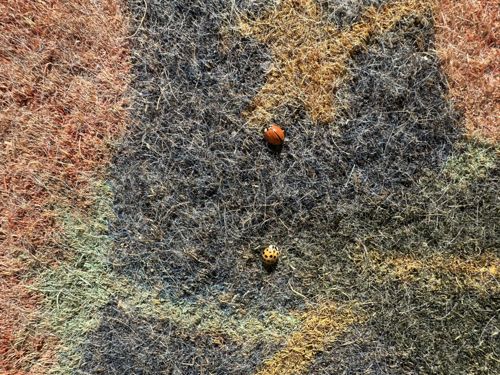Ladybug (or Ladybird beetle)
Scientific Name: Coccinellidae
Order & Family: Order Coleoptera, Family Coccinellidae
Size: Typically 1 to 10 mm (0.04 to 0.4 inches) in length.

Natural Habitat
Ladybugs are commonly found in gardens, agricultural fields, meadows, forests, and anywhere there are aphids or other soft-bodied insects for them to feed on. They are often associated with plants.
Diet & Feeding
Ladybugs are predatory insects. Both larvae and adult ladybugs primarily feed on soft-bodied insects, especially aphids, scale insects, mites, and whiteflies. Some species also consume pollen and nectar.
Behavior Patterns
Ladybugs undergo complete metamorphosis (egg, larva, pupa, adult). The larvae are often spiky and alligator-like. Adults are known for their distinctive brightly colored, dome-shaped bodies. They can emit a foul-smelling, yellowish liquid as a defense mechanism when threatened. Many species overwinter as adults, often congregating in large numbers.
Risks & Benefits
Ladybugs are highly beneficial insects, particularly in agriculture and gardening, as they are natural predators of common plant pests like aphids. This reduces the need for chemical pesticides. Some non-native species, like the Harlequin ladybug (Harmonia axyridis), can become a nuisance by invading homes in large numbers during colder months, and can outcompete native ladybug species or even prey on them. Generally, they pose no significant risk to humans, and offer significant benefits for, humans or the ecosystem.
Identified on: 11/13/2025